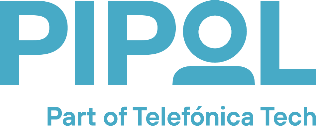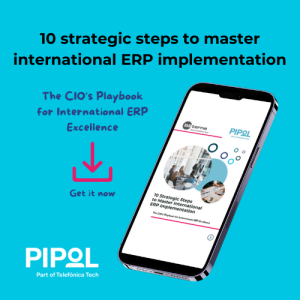Global process harmonization: best practice vs best fit
Anybody involved in an international ERP project has been looking into harmonizing global processes. The ability to access local data is the prerequisite for exploiting common denominators across an organization and thereby achieve the desired optimization gains. The price to access local data depends on whether the company’s processes are harmonized across borders. Global process harmonization is key!
The higher the degree of process harmonization in an organization, the lower the price to access local data. In my mind, global process harmonization is mostly about finding “process denominators” from a defined process value concept. If there are many common denominators, there is basis for a centrally managed ERP system, and if it is not the case, one should opt for a more decentralized and thus more flexible model.
Global Process harmonization: selecting the right processes
So which processes do you prioritize and adopt? Best practice or best fit? I have seen many organizations fall into the “Best Practicetrap”. A Best Practicetrap is the situation where a company adopts a given process based on the belief that it is the best way to carry out a number of concrete actions. Unfortunately, the qualification of the process was inadequate so that later in the process it proves to be inadequate – and therefore only a “Best Known Practice”. This is an expensive situation. It creates mistrust in the project and takes time to straighten up. If we extend the concept of Best Practice for “Best Global Practice”, there are additional factors to take into account. Some processes are more suitable for deployment across borders than others. This is why I usually distinguish between “Best Practice” and “Best Fit”.
“Best practice” is a process which is chosen as the best way to implement a given action on, whereas a “Best Fit” process is what works best in the given situation. Internallyoriented processes, for example, administrative processes, will often be able to fit in a “Best Practice” scenario while marketdriven processes often require a “Best Fit” approach, since these are processes that typically fall outside the company’s control area:
- INTERNAL PROCESSES: BEST PRACTICE
- EXTERNAL PROCESSES: BEST FIT
And if I come across situations where it is not possible to formalize a process either as “Best Practice” or “Best Fit”, then my advice is to eliminate it. Best Practices require global process owners, which is a major challenge for most organizations. A global process owner is accountable for defining the most suitable process to implement in the company, and it is also the global process owner who is responsible for continuously optimizing and anchoring the process. Think about whether your company is willing and able to delegate this responsibility and decisionmaking power to the global process owners, and if so, which organization and processes are needed to ensure the anchoring of this responsibility. If processes ownership and leadership is missing, internal fights and resistance will occur, the benefits of the ERP system will be reduced, a gap will be created between the different parts of the organization and you may lose business.
Take a look at our whitepaper about Effective global ERP and read more about the role of global process harmonization and how implementing an ERP solution across borders can help you increase your bottom line.





